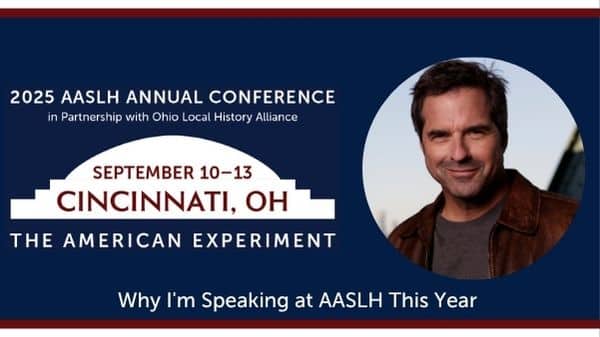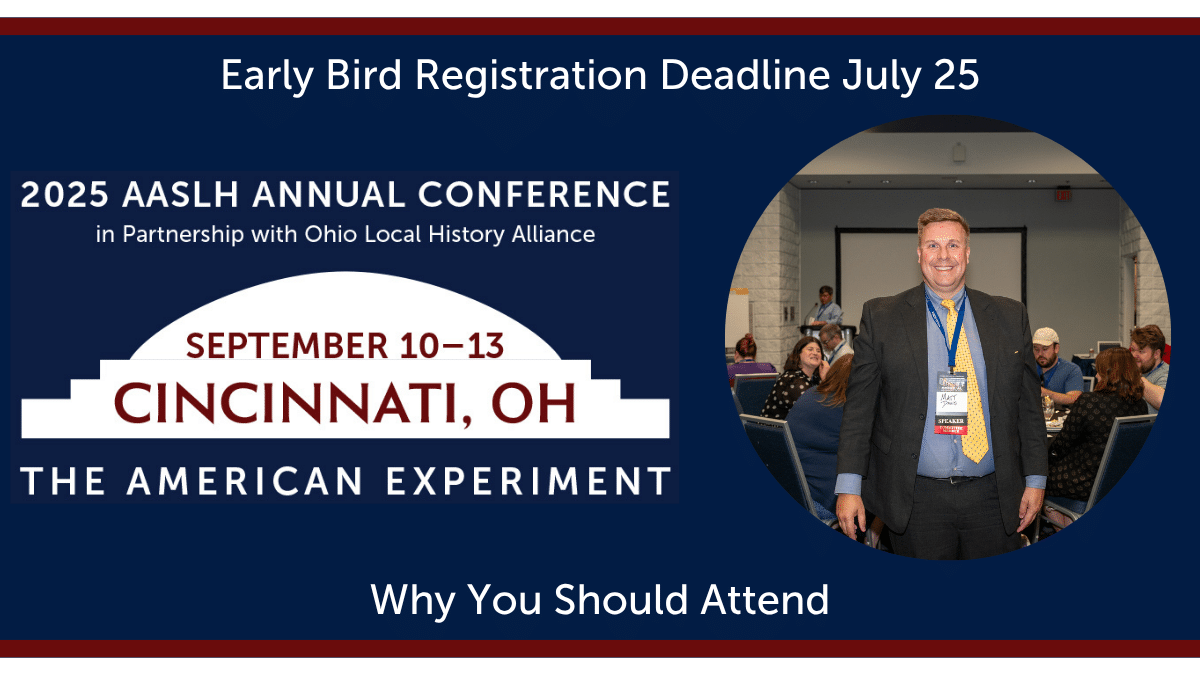
By Cherie Cook, Senior Program Manager, AASLH
When I think about best practices for museums, my curatorial work from years ago kicks in and I picture white gloves, padded hangers, and other techniques used to avoid damage to artifacts and (hopefully) slow down their natural deterioration.
Best practice: a reliable method or technique for achieving a desired result
If we crowdsourced a list of collections care best practices, I’m sure we could compile hundreds of entries. Indeed, that is why we stopped short of listing best practices in the workbook created for the StEPs program, a self-study assessment program created especially for small- to mid-sized museums, historic houses, and sites. If we had included best practices, we might never have finished the project―or it would have become encyclopedic!

At the annual StEPs Friday Morning MeetUP during AASLH’s Annual Meeting in Philadelphia this year, the topic of discussion was best practices. But instead of best practices for collections care or any of the other five workbook sections, we addressed the question, “What are reliable methods or techniques for achieving success with the StEPs program?” Are there factors that increase the likelihood that an organization will not only earn Bronze, Silver, and Gold certificates, but more importantly, will emerge from the StEPs process a stronger and more sustainable institution?
In response, the MeetUP participants compiled the following list of best practices for using the StEPs program:
- Stakeholders, especially board members and paid and unpaid staff, are involved in the process. If an organization doesn’t have board members, then members of the governing authority take part. It is advisable that at some point in the assessment process, members of the community, funders, and other stakeholders also participate.
- A structure for the assessment process is created prior to the start of the project. The structure addresses who is involved in the assessment, how the assessment will proceed, and how the results will be used. Be sure to read the Introduction and How to Use sections of the workbook for help in creating your project structure.
- A schedule, including a target date for completion, is set. One MeetUP participant emphasized that a schedule that conveys a sense of urgency is particularly helpful. Both best practices are especially valuable given that StEPs is a self-study program, which can be a double-edged sword in terms of completion.
- Attention is paid to buy-in. Assuming stakeholders are on board with the assessment is risky. Create buy-in by starting the project with an orientation where your board president or whoever is championing the assessment sets the vision and makes sure they place all stakeholders in that vision as critical assets to the success of the project.
- The assessment is integrated with strategic planning.
- The organization communicates its progress to all stakeholders throughout the assessment project.
If your organization is one of the 1,050 using the StEPs program, do you have best practices to add to the above list?



